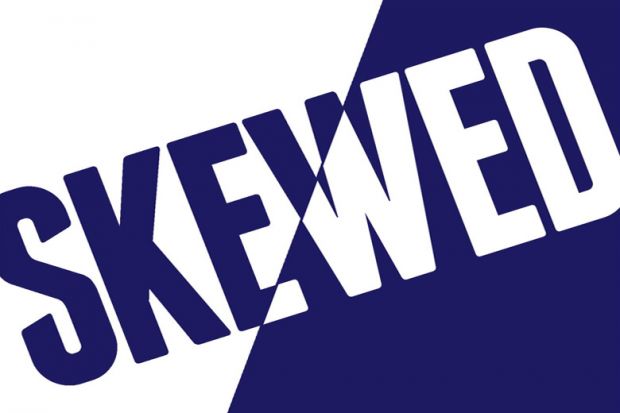So advocacy journalism, the nub of this book, is something advancing an agenda. Cor, really? I am sitting on my hands and not asking plaintively what happened to think pieces or downright biased writing. Larry Atkins examines how the savvy media consumer can spot bias at 50 paces (the facetious answer is don’t watch Fox News, but that would make for a very short book).
There’s never the slightest doubt on which side of the political divide Atkins resides – he acknowledges his own liberal leanings. But he reminds us of the importance of making sure that we know what the other side are waving their arms about. He takes us on a gallop through the history of skewed reporting in the US. Apparently Boston printer Benjamin Harris’ Publick Occurrences, Both Foreign and Domestick was the first US newspaper – but lasted only one issue because it wasn’t very enamoured of English rule and also showed its gossip colours by reporting that the king of France had had an affair with his daughter-in-law. The 1700s are particularly significant, and specifically the Partisan era, when papers were first linked to political parties.
The fact that many of Atkins’ students admit to relying on fake entertainment news seems to have helped spark the idea for this book. And Skewed is certainly a text for the soundbite generation, zipping along through short, punchy chapters. But it’s a largely descriptive text with a fair bit of repetition. It’s also a US-centric book, which becomes problematically simplistic when it addresses big international stories such as the Charlie Hebdo cartoons – there’s no context here as to why satirical and graphic journalism is such a big deal in France.
Skewed is breezy, readable and replete with strong examples. But it has a Journalism 101 feel to it – or, more accurately, what Atkins would like a Media Literacy 101 course to cover in US universities. The book fares better when Atkins lets it run – the liberal bias chapter and his comments on the 2016 presidential campaign are worth a reader’s time. Ironically, the chapter on the popularity of advocacy journalism is oddly short and non-revealing. And Atkins focuses on politics to the almost total exclusion of issues such as race and homophobia.
The meat of the book – the longer final chapter on being media savvy – would benefit from a stronger thread through it (Atkins boomerangs around a lot). Yes, media literacy probably should be taught in US schools (and elsewhere, for that matter), but in the meantime, Atkins could have rallied more sources such as the down-to-earth law librarian for assistance, and given us some indispensable checklists.
Much of Skewed won’t surprise an audience of British journalism scholars, who routinely teach objectivity and bias, and are used to scanning paid content in the form of advertorials. Atkins has largely repackaged what’s been going on for years and relabelled it for the blogging generation. It has the feel of a selection of peppery newspaper think-pieces and fairly random seminar notes welded together into an enthusiastic but faintly chaotic anthology. Of course we need to keep reinterrogating our field. But I can hear my first newspaper editor intoning grumpily: “Tell me news, not history.”
Sharon Wheeler is visiting lecturer in media studies, Birmingham City University, and author of Feature Writing for Journalists (2009).
Skewed: A Critical Thinker’s Guide to Media Bias
By Larry Atkins
Prometheus, 280pp, £22.50
ISBN 9781633881655
Published 16 August 2016
POSTSCRIPT:
Print headline: Unreliable narrators
Register to continue
Why register?
- Registration is free and only takes a moment
- Once registered, you can read 3 articles a month
- Sign up for our newsletter
Subscribe
Or subscribe for unlimited access to:
- Unlimited access to news, views, insights & reviews
- Digital editions
- Digital access to THE’s university and college rankings analysis
Already registered or a current subscriber?




